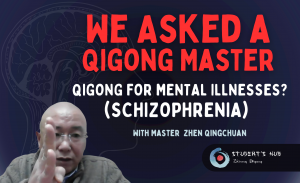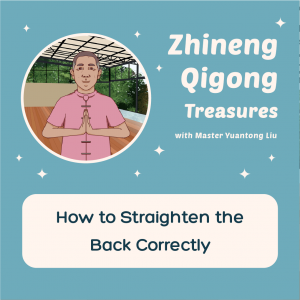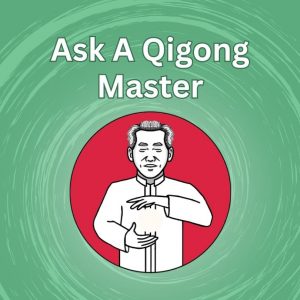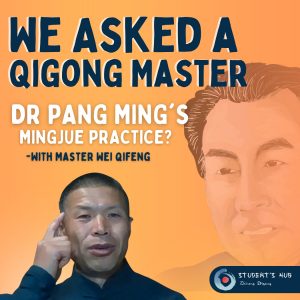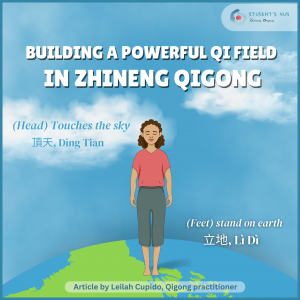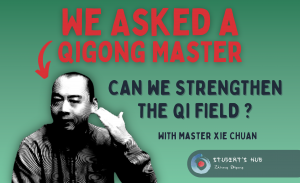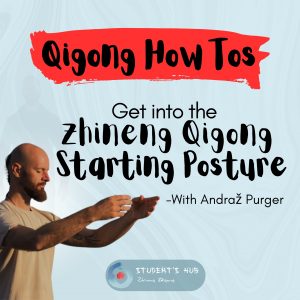How To's
How To Start Meditation – Adjust the Mind with Qigong
Adjusting the mind
Meditation is an important part of practicing Qigong, it allows for a focused and concentrated state. In Zhineng Qigong, practitioners adjust their mind before a practice session. In Qigong, it is believed that initially the mind is fragmented. Our thoughts and consciousness appear disunited and has a negative effect on our focus and our practice. That is to say, the purpose of adjusting the mind is to concentrate the mind and return the consciousness. Therefore, adjusting the mind is useful to unify your mind so that you can access the full potential of your consciousness before practicing.
Here are the steps:
- Regulate your body posture
Start by sitting (or standing) upright and continue to breath naturally. Lift your baihui, tuck in your chin and relax your arms down, resting them on your lap. Place your palms on your knees facing downward or upward. If you are standing, let your arms hang down naturally beside you.
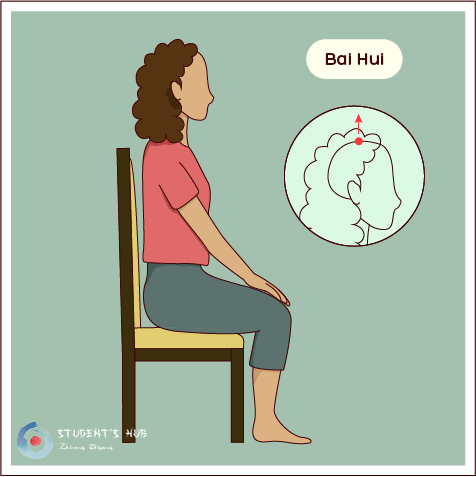
- Relax
After that, Lift your hui yin up and gently tuck in your lower abdomen. Relax your waist and pelvis, and put your feet on the ground evenly, keeping them in line with your hips. The whole body feels relaxed in this state.

- Focus on an object in front of you
Looking straight forward, focus your vision on an object (or point) in the horizon about one and a half to two meters (1,5 – 2 m) in front of you. Your eyes should be kept still while you focus your mind and vision on this point.

- Concentrate your senses on the object
Then, start to adjust the mind by focusing your vision on the point you have chosen, use the power of your mind to employ your sense and get a feel for the object. Your ears listen to it and the sounds it is making, if any. Your nose smells it from where you are sitting. Your mouth can taste the object and the flavor it gives. You feel the sensation as you touch the object. The activities surrounding you and your thoughts disappear as you focus.

- Withdraw your vision to the home of your mind
After that, slowly withdraw your vision inward to the center of your mind. Feel it travel along the inner corners of your eyes and very gently close your eyelids. Consciously retract the senses and mind activity into the center of your mind, the upper dantian. It is known as the center of the mind.
Note: For students, this center is in the form of a qi ball. While withdrawing the vision and mind, go through to the center of this qi ball. Entering this center space with your consciousness allows the boundaries of your mind to naturally disappear.
- Experience your senses in this space
In order to engage with all your senses, understand what this space feels like. In this place of abundant Qi experience its depth and vastness as if it were an ocean. Feel its pureness and transparency with tranquility. See the brightness of this space, listen to the sounds present and use your nose smell it. Imagine that your tongue is tasting it and consider the sensation you receive as you feel it. Draw all the pieces of your mind back to this meeting point where Qi is plentiful.
- Complete adjusting your mind
In this state the external world is put aside, and the home of your mind gains structure and focus becoming unified and harmonized with Qi. Stay in this state and continue to meet with your complete true self for as long (or little) as you need to. If you would like to continue with a practice, you can choose to practice a method right now!
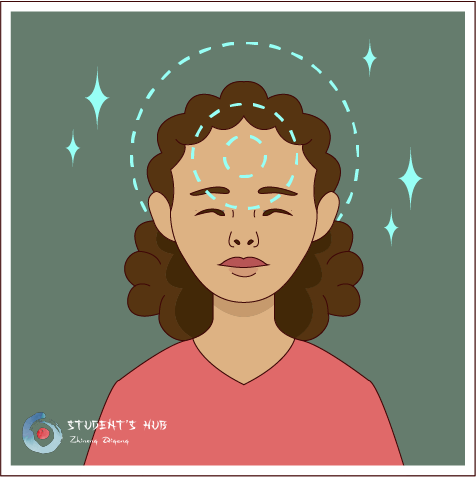
Conclusion:
In conclusion, Adjusting the Mind is a crucial step in practicing Qigong. In order to receive a more detailed explanation of this mindfulness state, sign-up for our Free Qigong Starter Kit, where you can ask highly trained teachers and masters all about it in a free live session. Moreover, you will receive a a practice audio, an e-book and a learning video in the language of your choice!
On the other hand, if this guide sparked your interest on Qigong and you want to learn more. Check out this video, where Qigong Teacher John Millar answers: Is Qigong for me?











